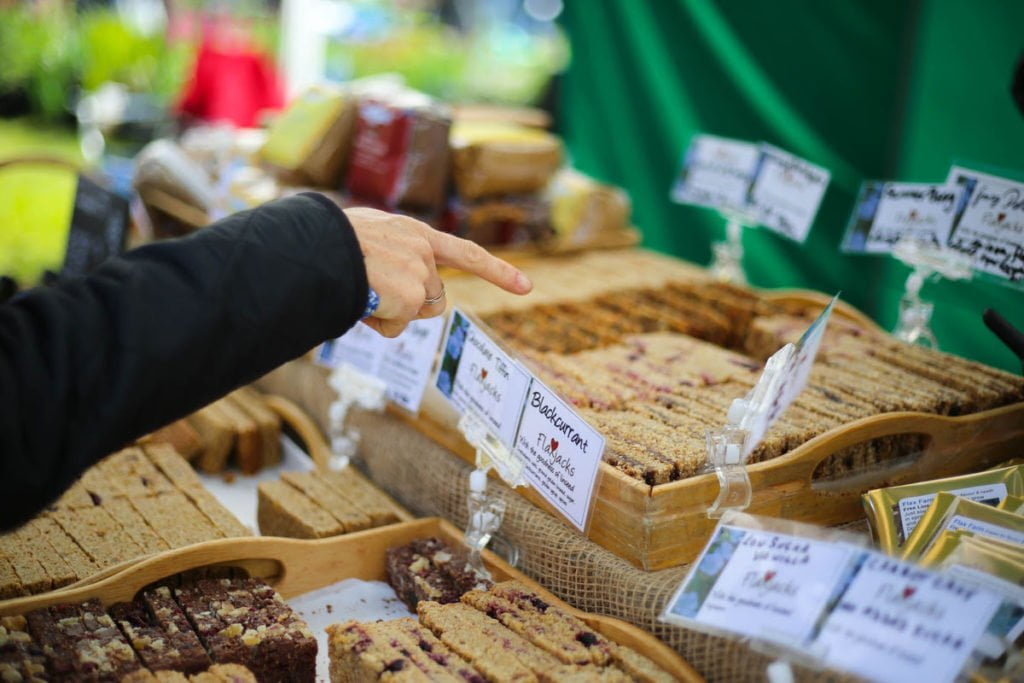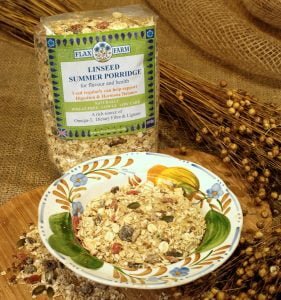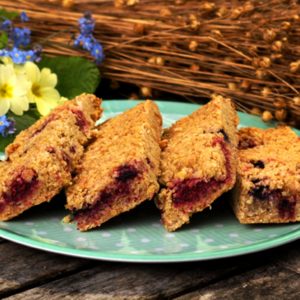Flaxfarm
Want to be more you regular? Here are our tips for using linseed.
Linseed, naturally high fibre
A comfortable regular normal digestion is usually the result of a healthy diet and lifestyle.
For many of us, our jobs, lifestyle and even the genes we are born with can make it difficult to keep things moving as they should but there is a lot you can do to make it easier. One of the best places to start is with high fibre foods. Linseed (flaxseed) is one of the naturally highest fibre foods, rich in both insoluble fibre which is that part of food that makes the bulk for your bowels need and insoluble fibre which is mucilaginous, slippery and lubricating, and helps feeds your gut flora and maintain it.
Often a minimum of 30g of fibre a day is recommended to keep the digestion healthy. Most people have nowhere near 30g per day and many experts suggest eating even more fibre could be what we really need for optimal passage of food through the digestive tract, for comfort and health.
Flax Farm foods high in fibre
- Flax Farm Linseed Porridge and Muesli
- Ground Linseed

Delicious high-fibre breakfast, Summer Linseed Porridge - Flax Farm Flaxjacks
- Whole Linseeds
How to use Flax Farm linseed to increase dietary fibre
The normal helping of ground linseed is about 25g or a couple of heaped tablespoons, this gives you approximately 7.5g of fibre which absorbs liquid and increases its bulk fourfold. Typically used once or twice per day.
- Add ground linseed to your own porridge or muesli, add to juices and smoothies, stir into sauces, soups or stews, brilliant in desserts, use to replace up to a third of flour in baking.
- Have a look at our recipe section for ideas.
A portion of Flax Farm linseed porridge or muesli gives you a good high fibre breakfast with ground linseed and wholegrain oats.
- Use instead of your normal breakfast cereal or combine it.
- You can replace white flour with linseed porridge for extra fibre for most recipes
- Make your own high fibre breads, cakes and cookies
Linseed Flaxjacks are delicious cakes made with freshly milled linseed, gluten-free whole grains, seeds, fruits, vegetables and spices, They are an excellent source of fibre. Flaxjacks are particularly useful for improving children’s intake of fibre in a very gentle way.
- Quick breakfast when you are on the go
- Elevenses
- Lunchboxes
- After sport
- Great desserts
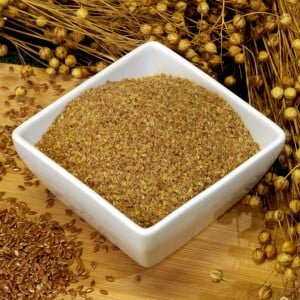
Tips to get more fibre into the diet
Eat a wide selection of vegetables, fruits, nuts and seeds
If you lots of these different plant foods you will naturally increase the fibre in your diet. If you currently don’t get enough fibre and maybe don’t like veggies much eating lots of different ones makes it easier to get more into your daily diet. As you will see in the list below there are actually lots of different sorts of fibre. Life is too short to worry too much about getting exactly the right balance of each, the best way is to make sure you have lots of helpings of fruit and veg every day and that will ensure you get a good spread of the sort of fibre that’s helpful.
Have some of the special high fibre foods every day and lots of fruit and veg
Everyone is different but generally, it’s high fibre foods that help. These are some of the foods with a reputation for being digestion-friendly. Try to have several helps from this list each day.
- Apricots and peaches – rich in soluble fibre
- Apples – there’s a good reason for that old saying “an apple a day keeps the doctor away”
- Spinach
- Carrots and parsnips
- Brassicas, cabbage, spring greens, broccoli
- Onions and leeks
- Raspberries and other berries, high fibre and proportionately low in sugar
- Asparagus
- Globe artichokes and Jerusalem artichokes – they are in no way related to each other.
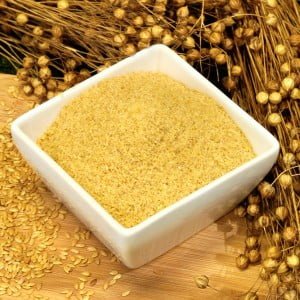
Healthy food choices
Instead of juice,which has most of the fibre filtered out, have a piece of whole fruit and veg
Go for smoothies – preferably homemade – that keep all the fibre instead of juices; they also have proportionately fewer calories and less sugar.
If you eat bread, pasta, cakes or biscuits, go for wholegrain instead of white.
Don’t fill up on bread, have an extra helping of veggies.
Include pulses, peas, beans and lentils in your diet
Probiotics
Good bacteria which you consume are probiotics. You can add these as supplement powder to cold foods,
- Live yoghurt
- Kefir
- Live, raw sauerkraut, kimchi and other fermented vegetables
Prebiotics
Inulin and other soluble fibre are prebiotic, this means they encourage the gut to develop a healthy flora of good bacteria. Rathe rthan worry too much about which food have which sort of fibre and how prebiotic they may or may not be, just have plenty of helpings of fresh veggies, fruit and fibre-rich foods.
Other tips
- Eat regularly and at sensible times. This helps get your body into a daily routine.
- Don’t eat breakfast until you’ve had at least a little bit of exercise, this helps get your body ready to eat and digest food.
- Eating earlier in the evening and not eating late-night snacks makes it easier for your gut to work properly,
- Eat slowly
- Chew food well; the digestion starts in the mouth.
- Have plenty of exercise
- There are yoga positions that are designed to help get the digestive tract working.

All Flaxjacks are wholegrains and ground linseed so high in tummy-friendly fibre Don’t sit down for long periods of time, get up and have a walk around every half hours
- Try cutting out wheat and replacing it with high fibre alternatives, chickpea pasta, linseed pizza base, make linseed breads (see recipe section).

